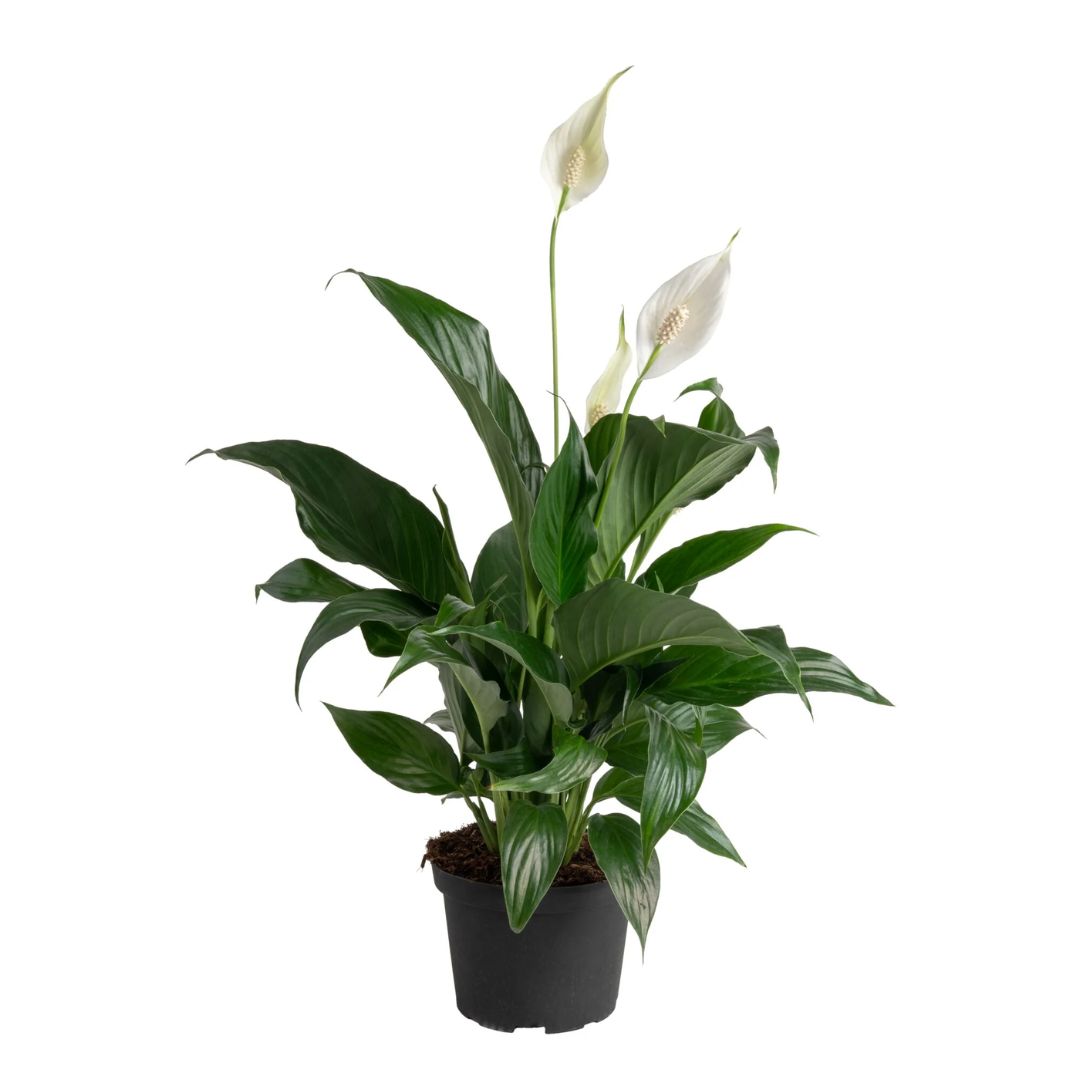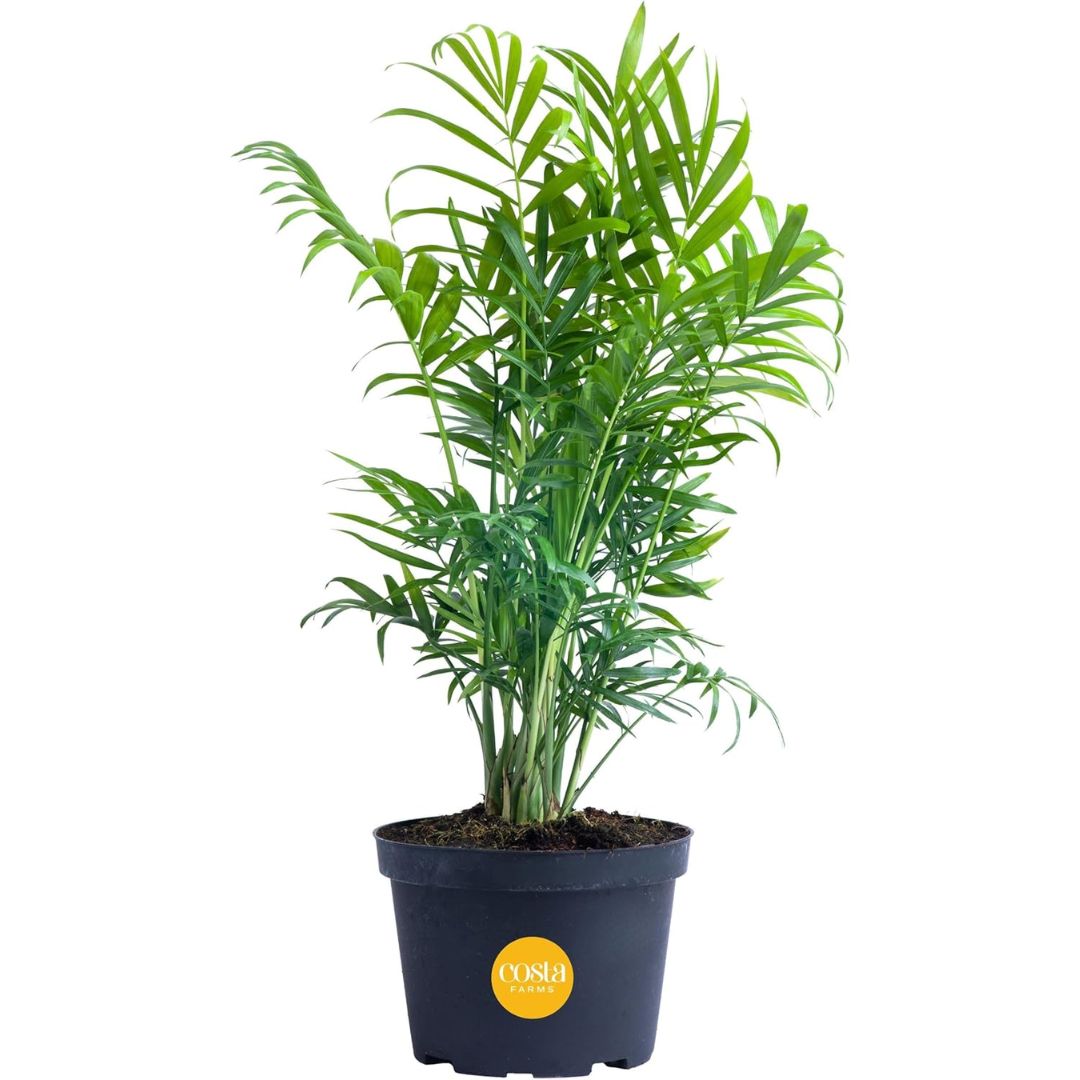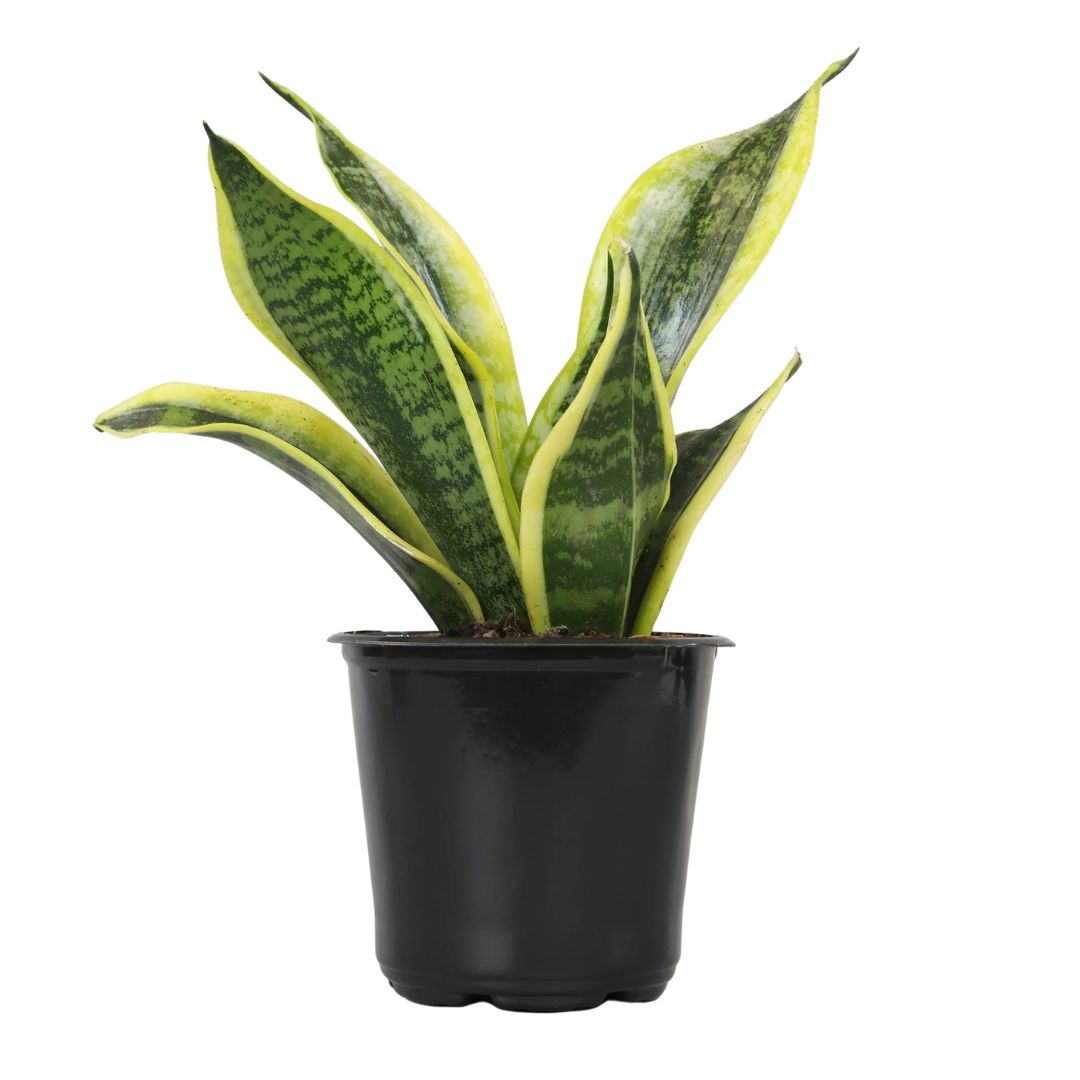What You Need to Know About Watering Houseplants — The Rules for a Healthy Indoor Garden
Here is some expert advice on how to water houseplants (properly) and stop them from withering away
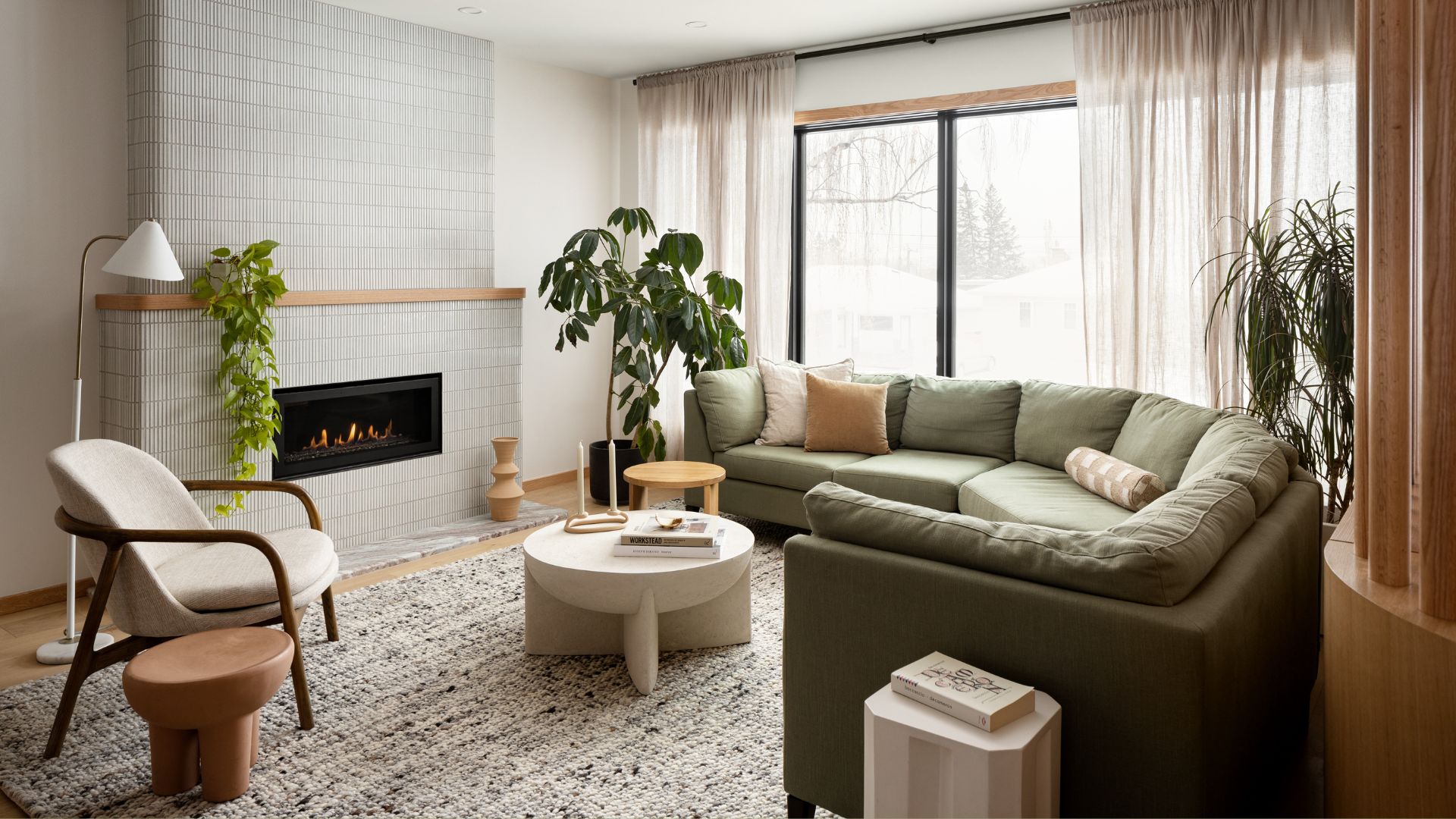
An abundant indoor garden is a beautiful thing. Yet watering houseplants is an activity fraught with risk. Too much water, too little, too often can have a devastating effect on prized plants.
Many of us know the disappointment of a once perky green plant, now brown, droopy–or worse, dead. Of course, every houseplant has different requirements, which can make it even trickier to strike the right balance of frequency and quantity when watering. However, it is possible to simplify the task, according to our experts.
There are some basic things to remember when it comes to watering house plants. Armed with this knowledge, keeping house plants alive and thriving becomes relatively easy — or at least much easier.
What is the Best Way to Water a Houseplants?
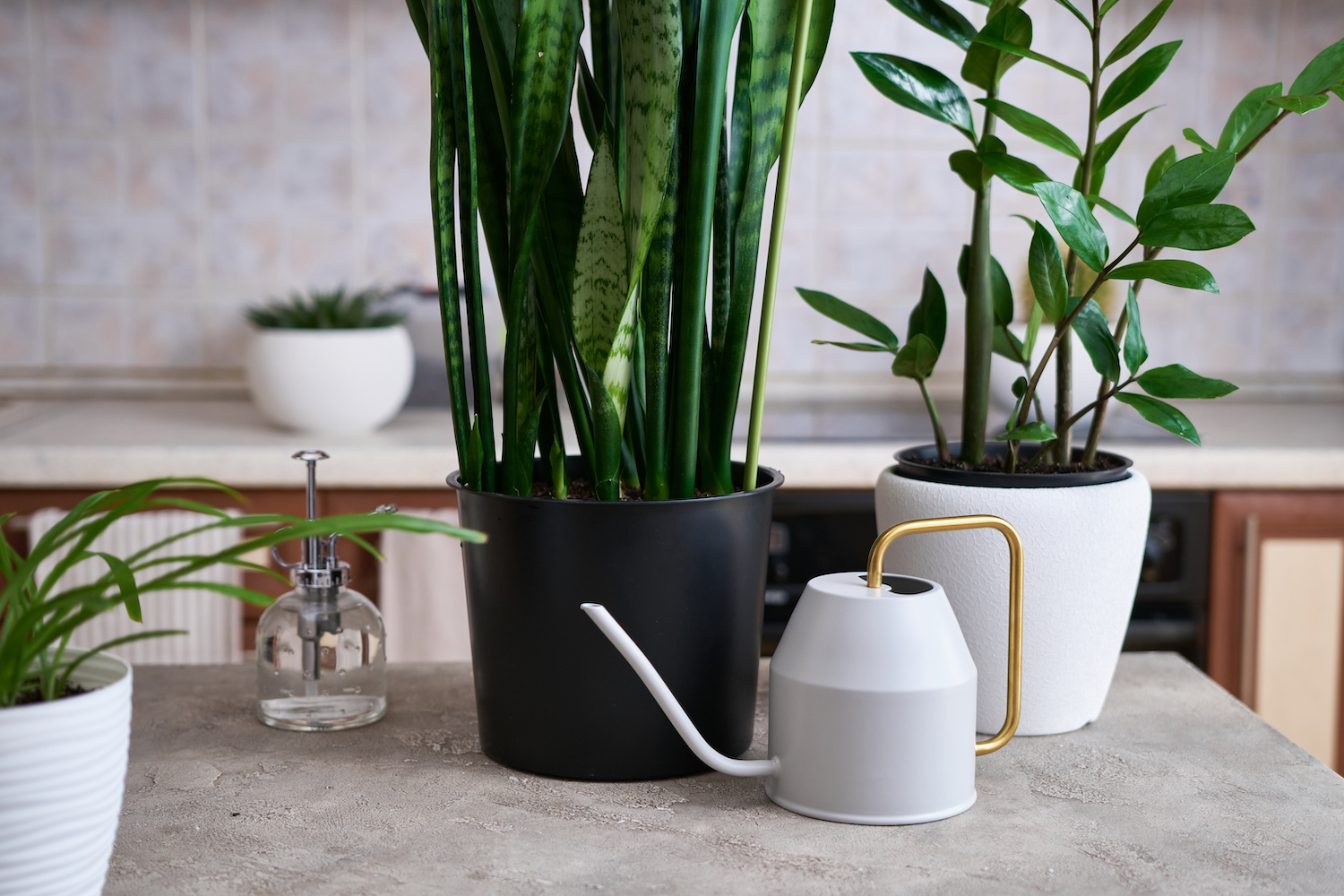
The frequency of watering required will obviously depend on the type of houseplants you have. However, the general guidelines on the best way to water plants rarely differs, whatever the species. If in doubt, drench and drain, is the advice from experts.
"Every plant has different water needs, but the technique is the same for all plants," says Lisa Eldred-Steinkopf, a plant expert and the author of Houseplants for Beginners. "Giving your plant just a little water, hoping you don’t overwater it, is not the correct way to water." So what is the correct way to water plants? "Water every plant until water runs out of the bottom of the pot. This includes cacti and other succulents," explains Lisa. "The water draws air through the soil as it runs out the bottom, bringing air into the roots."
You'll need to water all the way around the pot and not just in one spot and this will ensure the whole root-ball has enough moisture. "Although, never leave a plant standing in water for an extended period, as it could lead to root rot," Lisa adds.
Wondering if you should water your plant right now? It's time to check on your most popular houseplant and see if it needs some TLC.
The Livingetc newsletters are your inside source for what’s shaping interiors now - and what’s next. Discover trend forecasts, smart style ideas, and curated shopping inspiration that brings design to life. Subscribe today and stay ahead of the curve.
How Often Should Houseplants be Watered?
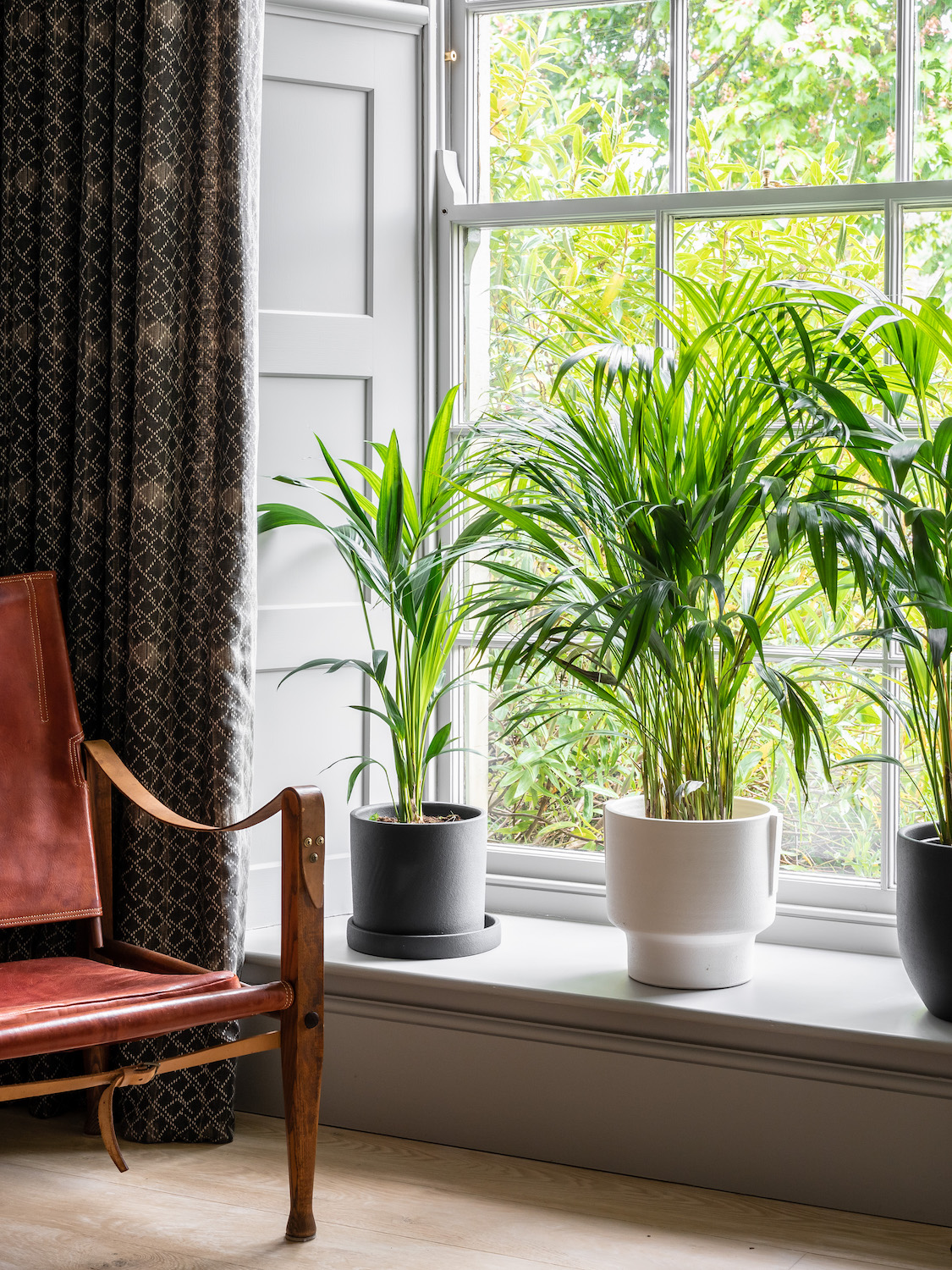
How often you should water houseplants will differ hugely depending on the plant. Succulents can obviously go far longer without water than thirstier varieties, such as a peace lily or a fern. It is good practice to check the soil first to see if your plants need water, rather than just watering them weekly on auto-pilot.
"The key to the thorough watering practice is the amount of time that passes before you water again," says Lisa. "It may be months before a cactus or other succulent needs water again, yet your fern or peace lily may need watering again in a week."
Remember, every plant is different and each one has individual needs, and not all of your plants need to be watered at the same time. They may have different watering routines, so keep a note and eye on them.
What Are the Signs of an Overwatered Plant?
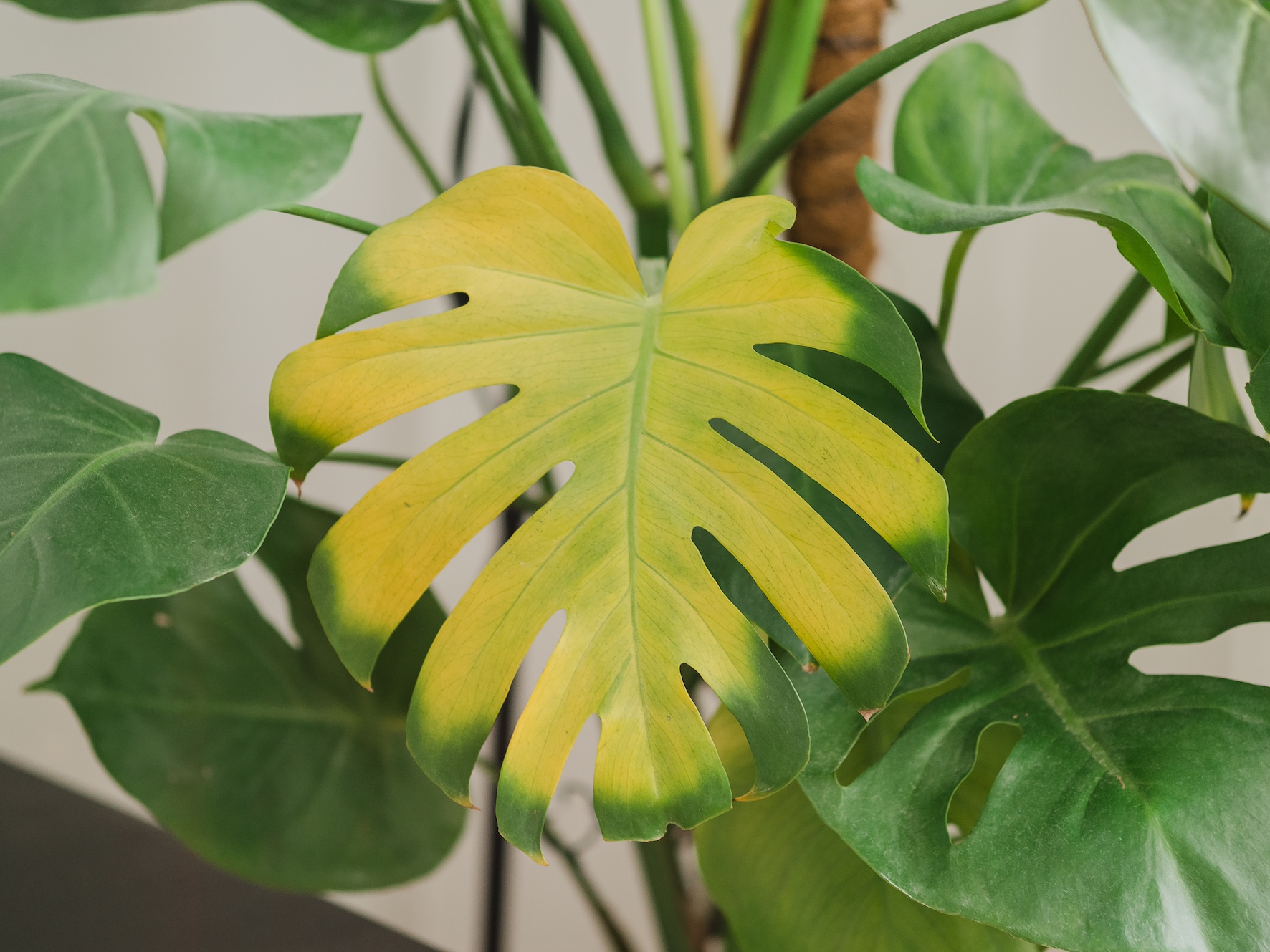
When we're diligently watering our houseplants, we think we're caring for them, but one of the biggest killers of houseplants is too much water. So how can we tell if we're giving a plant too much water?
"The first thing to look for (that a lot of folks overlook) is that the potting mix is constantly wet," says Justin Hancock, horticulturalist, Costa Farms. "If you probe the potting mix, for most houseplants, it should only feel sopping wet right after you water it. If your plant is growing in a cachepot (pot-in-pot) or on a dish or saucer, make sure the plant isn’t sitting in water for extended periods."
According to the expert, symptoms for overwatering may vary, but the most common sign is wilting. "This happens because the roots absorb moisture and the leaves release moisture. When the potting mix is too wet, plant roots can’t breathe properly and may start to suffocate," continues Justin. "As they do, they’re not able to pull up enough moisture from the potting mix to support the leaves."
The next sign is yellowing leaves, so if you're wondering "why are the leaves on my pothos turning yellow?" overwatering is probably the reason for it. Justin says this happens as the plant tries to get back into balance between moisture absorbed and moisture lost. He continues: "As overwatering progresses, you may start to see leaves or stems go soft and mushy. If you pull the plant out of its pot, you’ll probably also notice the roots are discolored, soft, and mushy as they die."
When Should I Water My Houseplants?
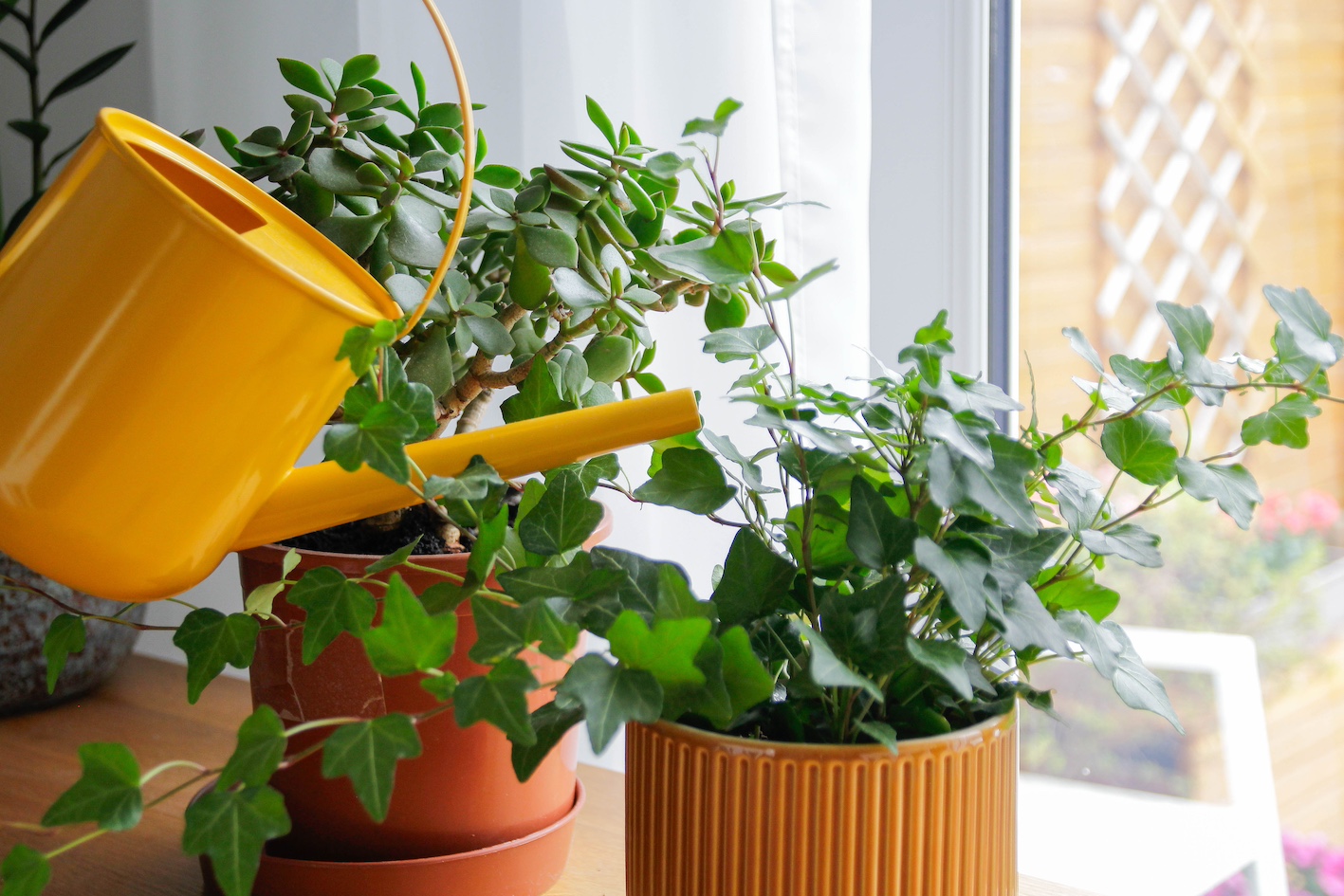
If want to keep your blooming houseplant in check, ensure you keep an eye on its soil. As already outlined, checking your plants and their soil, to see if they actually need water, rather than just automatically watering them all at the same time, is the best rule of thumb.
"The best way to check your houseplant for moisture is to stick your finger into the potting medium," says Lisa. "If it is moist at the first or second knuckle, put the watering can down. If it is dry, then give it a good drink. Testing the dryness or wetness of a plant container can also be done by lifting it."
After you water your plant, Lisa says you should lift the container to feel the weight. You should leave it for a week and then lift the container again. "If it feels about the same, it doesn’t need water," says Lisa. "If, on the other hand, it is substantially lighter, it is time to water the plant again." Another option would be a moisture meter, like this Soil Moisture Meter from Amazon. Which will help register a reading on your soil to see if it is wet or dry.
What to Use When Watering a Plant
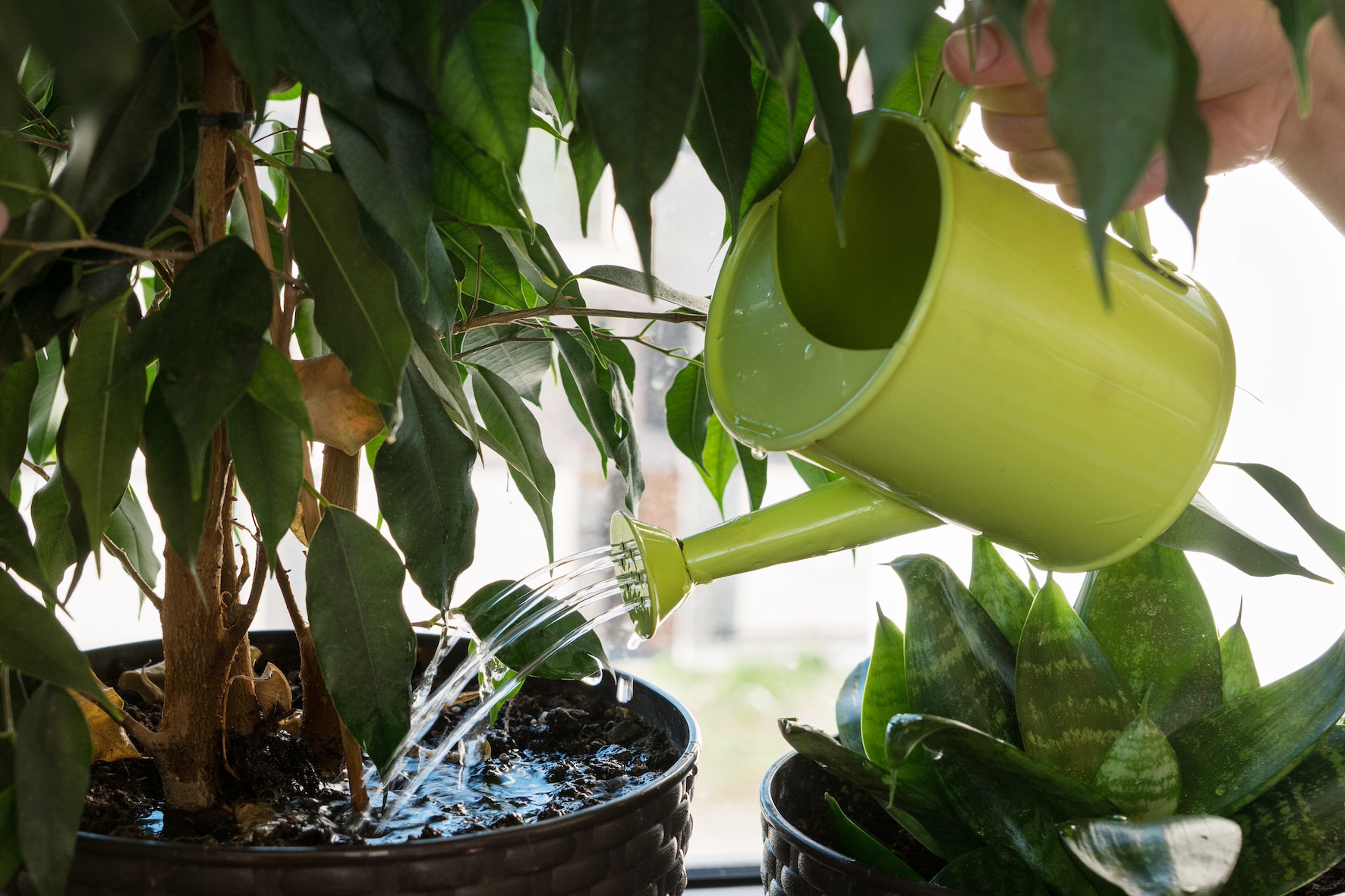
In order to create an indoor zen garden, you'll need to make sure your precious blooms are not wilting away and that means using the right watering elements. A plant is happiest when we recreate its original habitat as much as possible, and plants are obviously adapted to rain water. But does this mean we should water them with it?
"In general, plants aren’t too fussy about the source of the water you use," says Justin. "Although, you can almost never go wrong with collected rainwater as a source. However, tap water is generally fine for houseplants, too. While most tap water is chlorinated, the amount of chlorine added isn’t generally enough to bother your plants.
Justin continues: "A lot of tap water has fluoride added, and while it’s generally not a problem for plants, in some municipalities it can be a little high for certain fluoride-sensitive species. If you’re seeing signs of fluoride damage, you can lower the amount of fluoride in your tap water by diluting it with rainwater, filtered water, or distilled water."
FAQs
What is bottom watering?
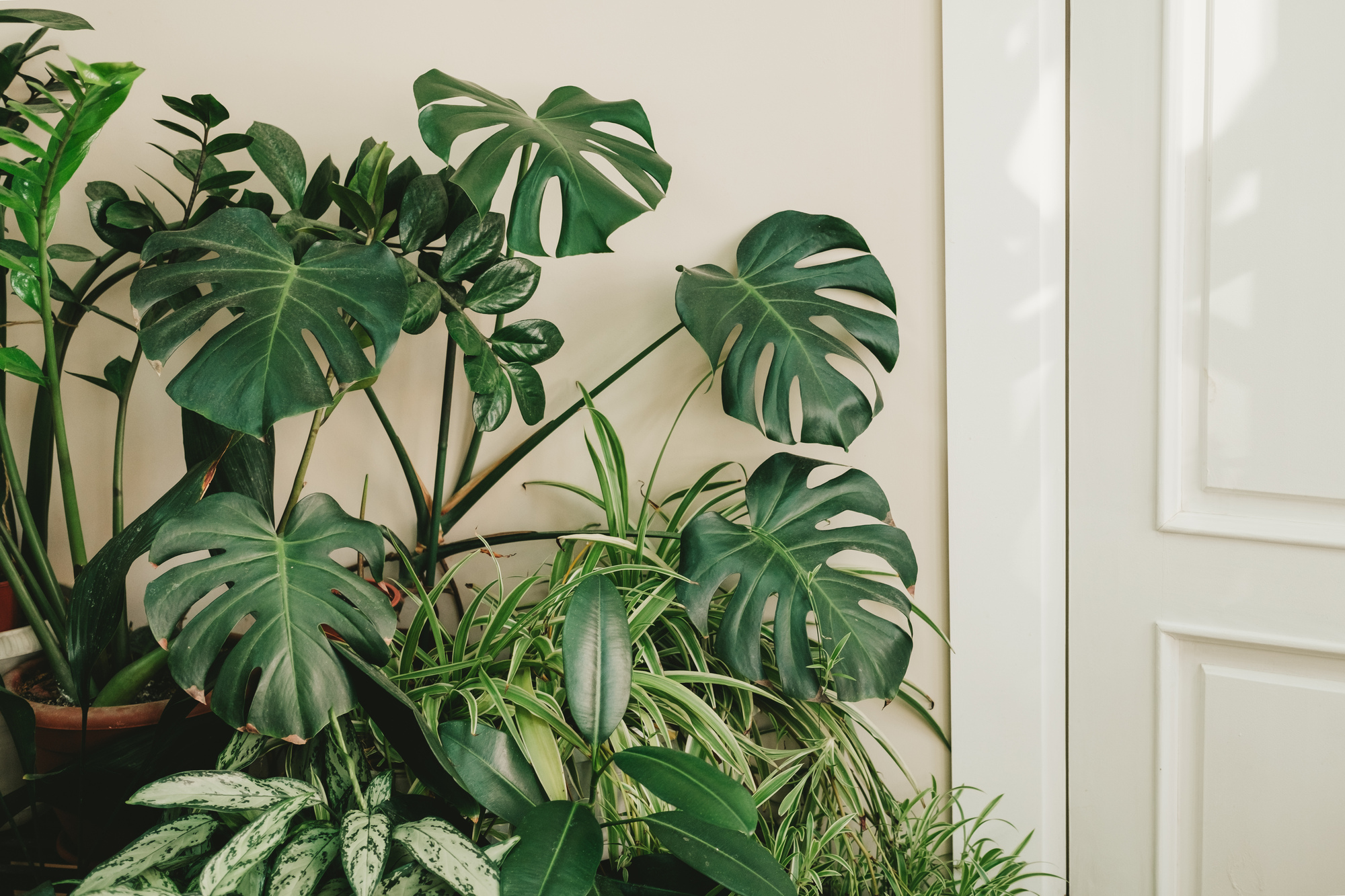
Wondering how to bottom water houseplants and what it is? Well, this practice is generally used for plants with delicate leaves or flowers. Most other plants like to be watered from the top or soaked in water and left to drain.
"Bottom watering is quite often used to water plants that have been deemed inappropriate to water from the top," says Lisa. "African violets are one example. Water is placed in the saucer under the pot and is drawn up into the soil. When the top of the soil is moist, you know the plant has received enough water and any excess water should be poured out.
Lisa continues: "If bottom watering is used as the watering practice of choice, occasionally water must be flushed through the plant from the top to wash out any excess fertilizer salts from the rootball."
What is a self-watering pot?
There are different styles of self-watering planter, but they are particularly useful if you are frequently away on business or vacation; or just busy and forgetful, when it comes to watering your houseplants. Self-watering pots can be filled with water, so that a plant can gradually soak it up through various ways. However, self-watering pots will need to be topped up from time to time.
How does a self watering planter work? Lisa tells us: "Self-watering pots usually consist of two pieces of pottery. The bottom piece is glazed inside and out to retain water. Then the pot that sits inside the bottom pot is partially unglazed, so that the water placed in the bottom pot can seep through the wall of the unglazed pot and keep the plant hydrated."
A selection of beautiful houseplants
Jacky Parker is a freelance lifestyle journalist and writer, producing a wide range of features for magazines and digital platforms. She has written for Livingetc and its sister titles, Homes & Gardens and Country Homes & Interiors for more than 15 years, both as a freelance contributor and as Acting Digital Editor and Acting Style Content Editor, regularly reporting on the latest interiors, gardens and wellness inspiration, speaking to experts in their respective fields, and discovering the best tips.
Jacky has also written for other publications, including Sunday Times Style, The Telegraph, Architectural Digest, House Beautiful, ELLE Decoration, Red, Grand Designs and more.
